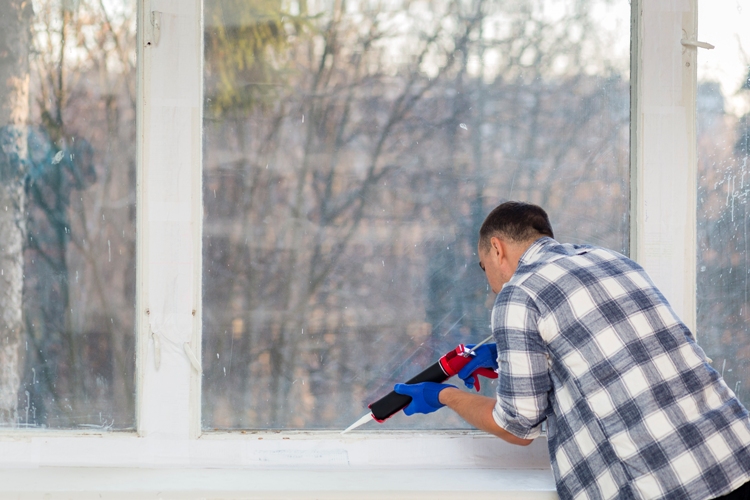In the present world where environmental consciousness and energy efficiency are at the pinnacle of technological advancements, heat-rejection window films have emerged as silent heroes in the battle against soaring temperatures. These innovative films promise to keep interiors cool and boast a wealth of scientific wonders behind their functionality.
Windows are among the most critical components of our homes and offices. They make the space airy and open. However, the same windows can also make the space hot during the summer months, resulting in the increased power consumption by the air conditioners. So, is there a solution for it? Of course, there is, and it is heat-rejection window film.
How Can Heat Rejection Window Films Reduce the Heat?
Rather than drawing the blinds and living in the dark, simply choose modern heat-rejection window film. They keep the space relaxed and comfortable, protecting you from strangers’ eyes. When it comes to the window films, most customers look fornt both heat rejection and privacy, but they often wonder, “Do the reflective window films block the heat?”
The one-word answer is yes. Reflective window film blocks a considerable amount of heat. These films provide the maximum heat rejection. Further in this blog, we will learn more about heat rejection films. A heat rejection window film minimizes heat through three key mechanisms- absorption, reflection, and heat dissipation. Let’s take a much closer look at each of these window tint heat rejection mechanisms:
Absorption:
When installed correctly, heat-rejection window tints absorb much of the sun’s energy. The tinted window film is designed to absorb particular wavelengths of light, including those associated with heat. When the heat rejection film absorbs this energy, it transforms it into a separate form, preventing it from entering the vehicle.
Reflection:
Another way heat rejection of window tints works is by reflecting a part of the sun’s energy into the atmosphere. The tinted window film is engineered to bounce off very specific wavelengths of light, including those responsible for heat. Whenever these wavelengths are reflected, they act like a shield, preventing the sun’s heat and keeping it from penetrating the car’s windows.
Heat Dissipation:
Lastly, a heat-rejection window tint can dissipate a very small amount of the absorbed heat. Instead of simply holding onto the energy, these window tints are designed to release it into the surrounding air. This process also helps further reduce the amount of heat entering the vehicle.
What Window Film Is Ideal for Heat Rejection?
There are different heat rejection window films available in the market. They are a well-known solution for the annoying glare and uncomfortable heat. Moreover, these window films block harmful UVA and UVB rays. If you are looking for more relaxed rooms but don’t care much about maintaining privacy, a solar film can be an option. They come in several colors, all of which minimize some amount of heat and glare. While solar film helps minimize the heat and glare in your office or residence, it doesn’t add privacy.
So, if you want privacy and a more relaxed space, a reflective film can be your choice. It minimizes the maximum amount of heat while providing privacy.
What Are Reflective Window Films?
Reflective window film is a type of heat-rejection window film that reflects light on the external side like a mirror. For this reason, it is also called a one-way mirror film. The reflective window film prevents people from seeing through your windows while still permitting you to see outside. Reflective window tints can keep over 99% of UV rays out, so you don’t have to worry about fading your belongings like upholstery.
Reflective window film bounces a considerable portion of the sun’s rays back to keep your space cool. This feature helps reduce the need for air conditioning. Moreover, it enhances the look of the space from the outside and inside. Your office building or home looks much more welcoming with the reflective window film.
In Conclusion:
Adding heat-rejection window films to your space can make a big difference. In addition to making the space look attractive and professional, the heat-rejection window film permits you to save on energy bills. If you are ready to get the film installed, feel free to contact the experts at Frederick Window Tinting and get a free price quote.

